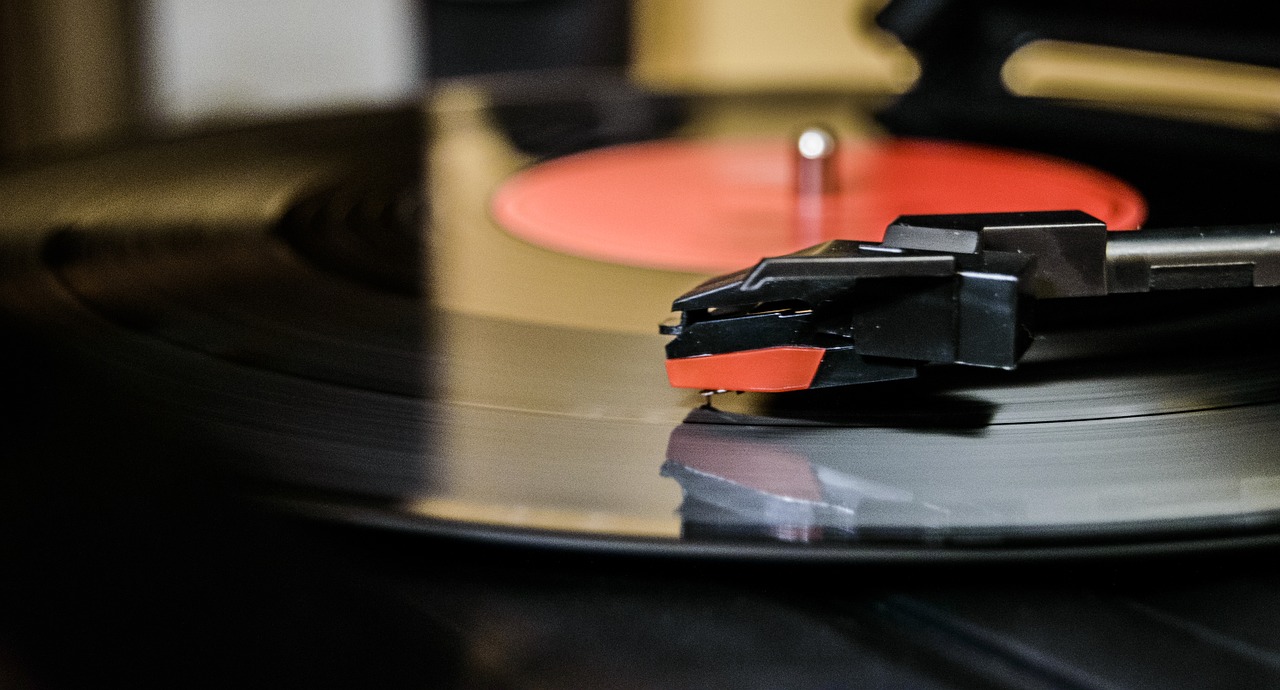Your favourite artist releases a new album. As you walk to the local record store, you are consumed with anticipation and excitement.
You enter the record store, navigating aisles of musical treasures to locate your piece of musical paradise.
There it is. The 12-inch Long Playing (LP) vinyl record you had been waiting months for. It’s now in your hands.
No, this isn’t the year 1975.
In 2017, vinyl sales are back in a big way.
Just last year, statistics from the British Phonographic Industry (BPI) indicated that vinyl sales in the UK reached a 25-year high with 3.2 million LPs sold. In the same year, vinyl sales overtook digital sales for the first time.
According to Forbes magazine, vinyl sales are expected to surpass 40 million units internationally, generating $1 billion of revenue.
So what has triggered this infatuation with vinyl?
Paul Cook, owner of Heartland Records in North Melbourne, believes that younger people are embracing the format.
“I think the rise in popularity of vinyl has become noticeable in the last five years and still seems to be climbing,” Mr Cook tells upstart.
“I think it’s a combination of young people embracing the format for a number of reasons. It sounds better, and you get something for your money rather than a piece of plastic.”
He has also noticed a return to vinyl for “the older crowd who either wish they hadn’t thrown away their record collections, or are simply being nostalgic and have expendable income”.
Record Store Day, held each year on a Saturday in April, has been a major catalyst for the sudden resurgence in popularity for Heartland Records and many other stores.
“Record Store Day has also done a lot to bring record shops back into the public eye. Taking place every April, it is the biggest retail day in the music industry,” Mr Cook says.
The day celebrates the culture of independently-owned records stores.
Vinyl is also much more accessible than before. Punters can purchase records in major retail stores such as JB-Hi-Fi, while online vinyl subscriptions such as British website Flying Vinyl provide a monthly shipment of new records to subscribers.
Music pundits and fans alike feel that vinyl possesses a sound quality that cannot be emulated on a streaming service, CD or iTunes download.
Ricky Centofanti is the lead guitarist for Melbourne rock band King Stag, and a vinyl enthusiast who possesses a diverse collection of more than 200 records.
His collection ranges from Queens of the Stone Age to 1950’s swing music.
Mr Centofanti’s selection of vinyl began as a Beatles-centric collection inherited from his father. It lay dormant until he discovered vinyl through a more contemporary recording.
“When I was 16 or 17, a mate of mine actually bought me ‘Viva La Vida [a Coldplay album] on vinyl, which was really cool,” Centofanti tells upstart.
It was the shape and design, as much as the recording, that caught his attention.
“Mainly because of how different it looked, how big the album cover was, getting an album with such amazing artwork as that, so I treated it almost as a painting.”
He also enjoys vinyl’s special acoustics.
“The sound quality is a lot better, and it makes you feel more like you’ve ‘bought’ the music, so if you could compare it to a streaming service, actually going into a record store and buying an album is really special,” he says.
It’s hard to say if the current popularity of vinyl will last. There are several factors that may restrain the growth of vinyl sales in years to come.
Vinyl LPs can be expensive for bands and artists alike to manufacture from a business point of view.
His band, King Stag, has also felt the pinch of manufacturing their music on vinyl.
“The process itself from our perspective was not too hard, it was just that it cost a lot more,” Mr Centofanti says.
“Probably not the best business decision in terms of economics, we were actually losing a dollar on each vinyl. It was a cool thing just to have, so to say if somebody really liked it, we could just say we have it on vinyl.”
And when demand for vinyl increases, record stores are often put into a compromising position.
“The problem is when something becomes popular, prices are driven up and all of a sudden record companies see the new golden egg,” Mr Cook says.
“Then they start to flood the market with overpriced titles, and records that were $20 to $25 a few years back are now $35 to $40, even though they’re exactly the same.”
The potential rising costs of vinyl seem to be a small hiccup in the overall resurgence of music’s purest listening experience, the LP.
“Vinyl is a valuable thing for music, and should be continued,” Mr Centofanti says.
James Oruba
 James is a final-year journalism student at La Trobe University. You can follow him and his musings on life through Twitter @jamesoruba95.
James is a final-year journalism student at La Trobe University. You can follow him and his musings on life through Twitter @jamesoruba95.







